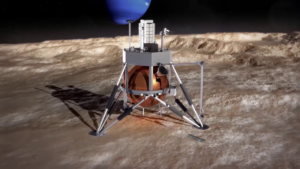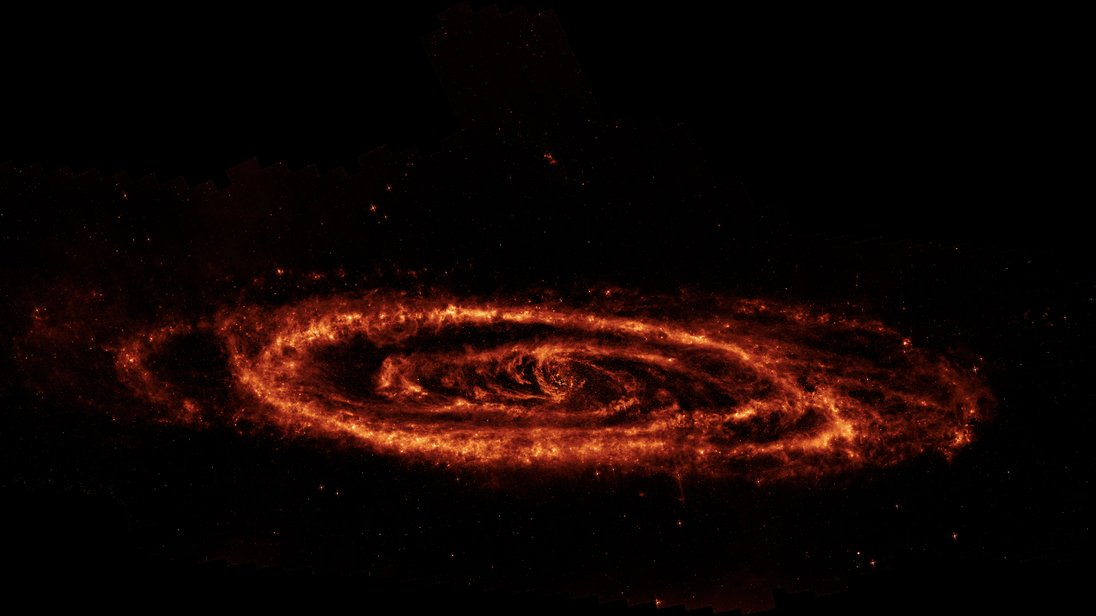
NASA Telescopes Unveil Black Hole’s Cosmic Meal Plan
Recent observations from NASA’s Chandra X-ray Observatory, Neil Gehrels Swift Observatory, and ESA’s XMM-Newton have provided groundbreaking insights into how supermassive black holes consume material. Researchers have made significant strides in unraveling the timeline and process by which these cosmic giants devour their stellar snacks. In the distant galaxy AT2018fyk,



















